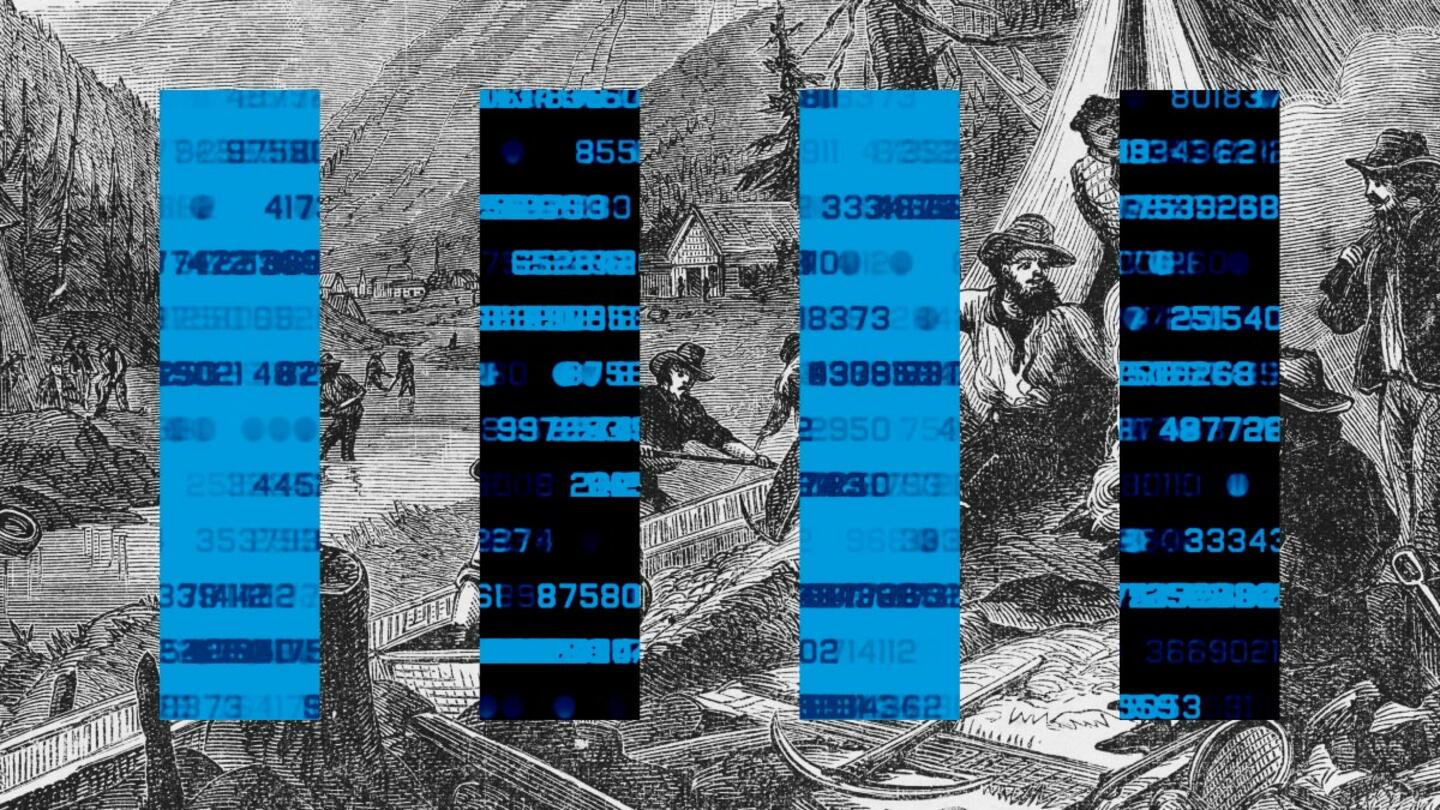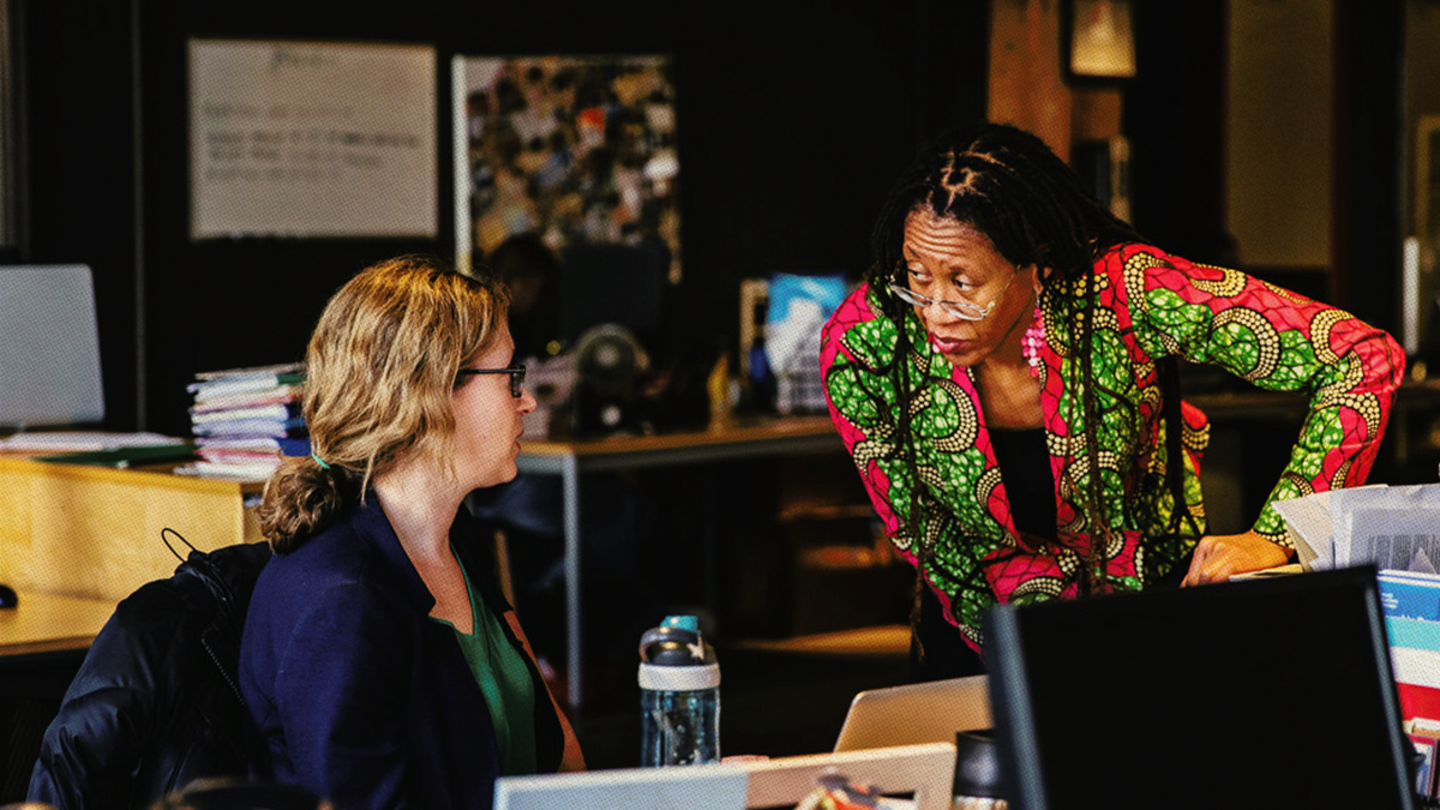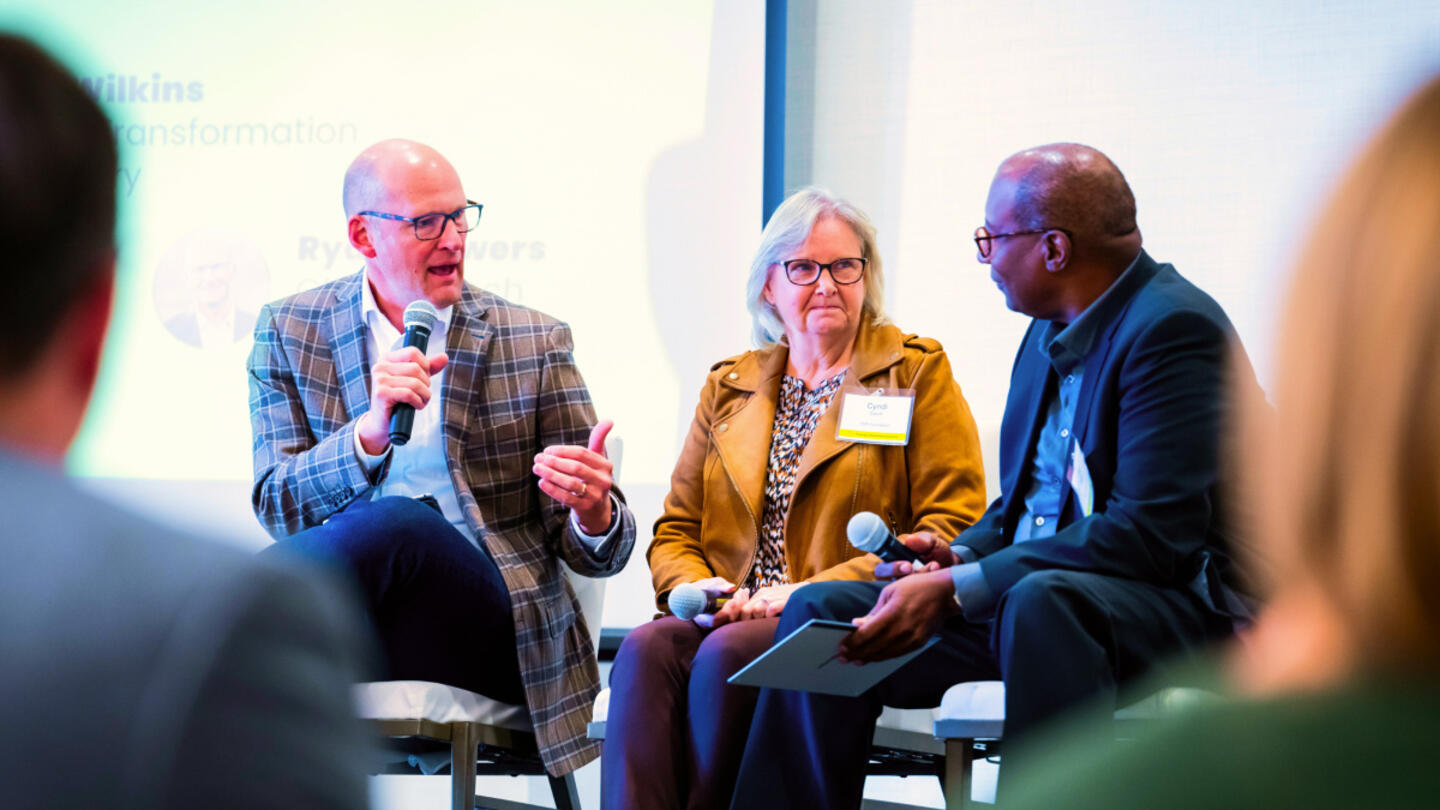There is no question that society and technology are advancing more quickly than our workplaces can handle — which is why it’s more important than ever to delve deeper into the big questions:
What really is the purpose of work and learning? What does it mean to be truly fulfilled in the workplace? What does the future of both areas look like?
These are the questions thought leaders and changemakers addressed at the inaugural Human Potential Summit in Denver, Colorado, where hundreds of innovators gathered to explore the intersection of work and learning.
These thought leaders and employers exchanged ideas and shared exciting advances toward a future of work and education that is empowering and mutually beneficial to employers and employees. Many companies are rethinking how they find, retain, and support talent — approaches from which others could also benefit.
Here are five key innovations employers and educators expect will have the most significant impact on the future of work and how to prepare for them. Though speakers hailed from different corners of the country and worked on vastly different projects, a unifying theme connected their efforts: Rethinking learning and work is key to empowering individuals to bring their unique talents into the workplace, accelerating positive change.
1. AI can make workplaces more human than ever
Across work and learning, many organizations have begun to harness the potential of artificial intelligence. For some, this has sparked fear that the technology will replace entire industries and occupations and make workplaces less human-centered overall. But rather than replace humans, the following organizations are using AI to better focus on and support workers as individuals.
Take FutureFit AI. Its AI-powered career coach tool provides wraparound support for job seekers — “GPS courses for careers,” as the organization says. This starts with helping individuals recognize their skills and strengths, allowing them to apply for jobs that align with their unique interests and aptitudes.
Once in a new job, FutureFit stays with the individual to nurture and grow their potential. The goal is to create clear, accessible pathways that help people more directly explore their passions and apply them in a meaningful workplace. Companies benefit from more skilled and driven workforces.
Or consider Skillfully, a company that creates AI-powered pre-hire simulations to democratize applicants’ access to the workforce. It researches skills that are most in demand, takes job descriptions from employers, and uses tech to zero in on what skills are needed most for a role — as opposed to the extra padding that is often added into job descriptions, which can dilute the main focus for employers and applicants.
Skillfully then applies customized simulations to talent pools, enabling businesses to assess and validate skills in a way that better recognizes each applicant’s unique talents and their potential to support a company’s mission.
2. Providing on-the-job learning opportunities can benefit companies’ bottom lines
Forward-thinking organizations understand that a career isn’t just a paycheck. It’s an ongoing reflection of one’s values, goals, skills, and aptitudes and how they support a company’s vision and growth. Too many employers think education is complete when they hire a candidate with a degree, overlooking the need for development and adaptability over time.
Sign up for Stand Together's Rethinking Work & Learning newsletter to get the latest stories, ideas, and trends on the future of employment.
However, innovative employers recognize their workers’ roles and continuously leverage strengths and interests to create value for the organization in new ways.
Jandel Allen-Davis, the CEO and president of Craig Hospital in Colorado, has made this understanding fundamental to how she runs her workplace. She believes in three core pillars — education, experience, and exposure. Of those, education is the least important.
In her hospital, “I don’t care who you are; my door is always open,” she said. She works to ensure that entry-level employees are given opportunities to shadow others and listen in on decision-making so they can learn and advance. She creates these opportunities under the motto, “You can’t change the room until you’re in the room.”
When employees are given opportunities to learn and participate in larger conversations, they grow in their roles, and their company's productivity, profits, and innovations will grow right along with them.
3. Benefits can be used as an opportunity to better understand and empower employees
Employee benefits like sick leave, health care, or PTO often cause tension between employers and employees or bog down HR departments with unnecessary red tape and complicated processes. However, with the proper framing, HR departments can use these benefits to elevate and support employees, allowing them to be more productive in their roles.
Tilt is an HR leave-management tool that streamlines the leave request process by combining payroll, benefits, and calendar data into one unified system. It also provides feedback to companies on compliance with leave laws. The result is a simplified and faster process that helps employees feel more at ease when experiencing stressful life events and helps employers more readily support them.
Tilt allows employers and employees to communicate more openly and effectively, easing the process for both sides. This can make employees feel more supported as they build a working style and schedule that fits their unique circumstances, allowing them to flourish in their roles and deliver better results to a company’s mission.
4. De-emphasizing the four-year degree among job applicants can lead to a more diverse, dedicated workforce
For decades, going to an elite university and obtaining a four-year degree has been seen as a direct path to a meaningful career.
Researchers with the Zoho Corporation have made a startling discovery: There is no correlation between who their best employees are and where they went to school.
Instead of traditional hiring practices, Zoho wanted to give opportunities to talented people who might otherwise not have access to the workforce due to their lack of four-year degrees.
To do this, founder Sridhar Vembu started Zoho Schools of Learning in Tamil Nadu, India, where workers can train in English, coding, design, technology, or business — whatever matches their talents and interests. Today, 15% of Zoho’s workforce — including many company executives — has come through this pipeline, demonstrating that employers can tap into otherwise overlooked talent pools by broadening their perspectives beyond traditional four-year degrees.
5. The trend toward ‘value-driven hiring’ can build a stronger workforce
Employers are increasingly moving away from focusing on traditional educational backgrounds, like four-year college degrees, as indicators of a job applicant’s experience and aptitudes. Being open to apprenticeships, part-time education, and other nontraditional pathways can also be illuminating — but is that enough? Some organizations are taking it a step further, trying to look beyond an applicant’s skills and gauge their personal and professional values, too.
At Paddle Board Ventures, Candace Nicolls guides employers and job seekers toward embracing “values-driven hiring.” She looks for candor, fire, and unconventionality as core values in applicants. She helps employers identify these qualities in potential hires and believes that the workplace will only be strengthened by looking at who candidates are, not just what they’ve done.
Backrs guides middle and high school students as they explore future careers. To do this, mentors counsel young people to help them identify their strengths, interests, and goals, then match them with opportunities that can help foster these — such as apprenticeships, educational scholarships, or internships.
Co-founder Andy Bobowski said his company helps young people “envision the life you want for yourself, then reverse engineer your life.”
The same could be said for all the concepts explored at the Human Potential Summit. Whether presenting a new approach to education, skills development, or workforce management, the ideas ultimately centered around meeting employees, students, and leaders where they are, unlocking productivity, and filling jobs that might otherwise be left open in order to create value for customers.
The innovations presented at the summit were about much more than just getting a job — as Bobowski said, they were about “prospering as a person, too.”
***
Stand Together partners with changemakers who are tackling the root causes of America’s biggest problems. As part of the Stand Together community, the Charles Koch Foundation funds cutting-edge research and helps expand postsecondary educational options.
Learn more about Stand Together’s efforts to transform the future of work and explore ways you can partner with us.

Why AI may help more people achieve the American Dream.

Data centers are at the forefront of the ‘new economy.’ But what exactly are they?

Here’s how to bridge the disconnect between employers and employees.

Lessons learned from Colorado.
